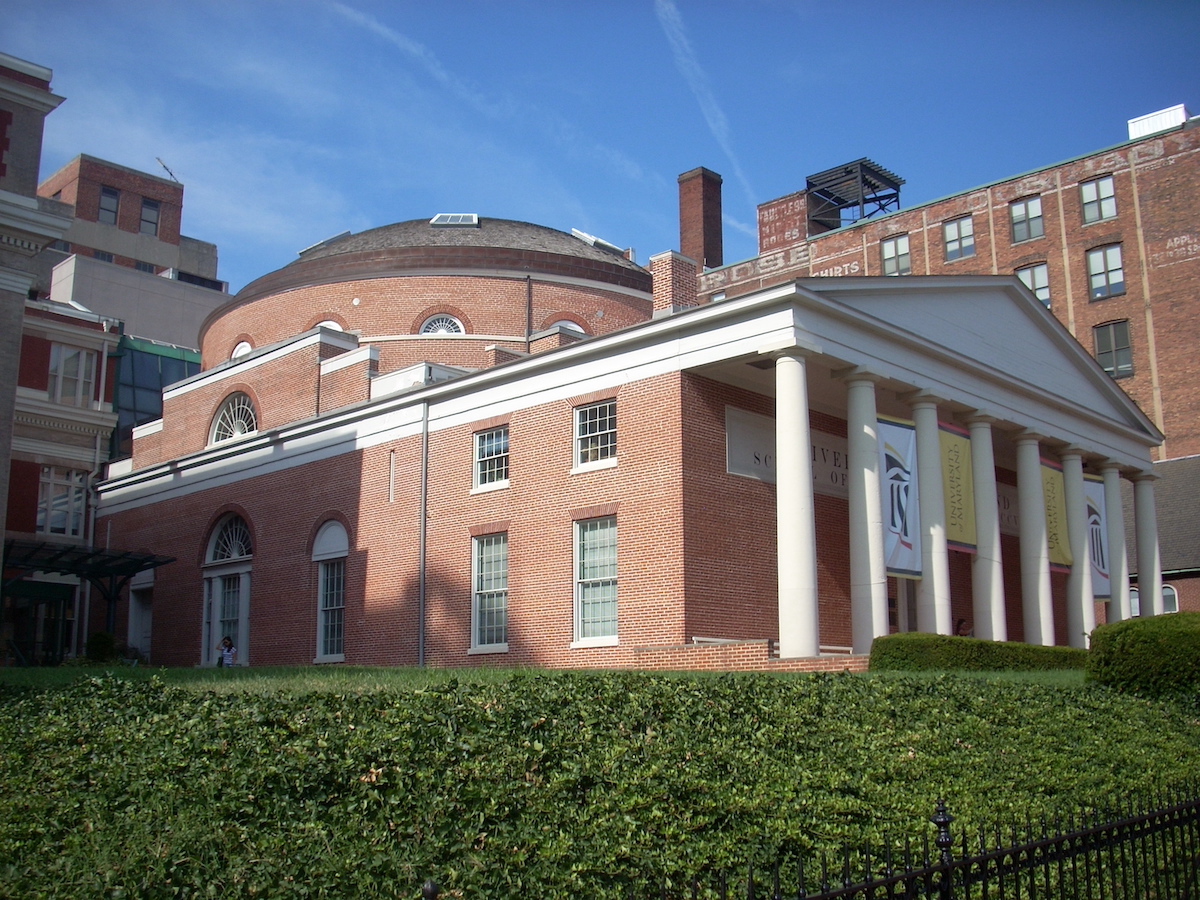Today, a group of educational and government institutions throughout Maryland announced a brand-new health tech plan for North Bethesda.
Montgomery County and several University of Maryland (UMD) institutions — including the primary universities in College Park and Baltimore, as well as its School of Medicine and the broader Medical System — joined forces with entities in the transportation and other sectors on a signed memorandum of understanding to develop an academic research hub in North Bethesda. Known as the University of Maryland 3 – Institute for Health Computing (UM-3-IHC), the center will focus on health technology development and research.
“I see this becoming the East Coast Silicon Valley of health computing,” said Mark Gladwin, dean of the UMD School of Medicine, at an event announcing the memorandum.
The institute will open in a leased space in early 2023, while an official laboratory and office space will open in North Bethesda in 2028. It will use a mix of machine-learning, VR, AR and 5G technology to diagnose and study emerging diseases and further patient care. A statement mentioned that it will also “catalyze a clinical data science ecosystem” that incorporates Food and Drug Administration and National Institutes of Health investigators, bioinfromatic education programs for students and partners in the broader industry. To do much of this work, UM-3-IHC will also provide additional computational dry labs, virtual meeting rooms and classrooms for the students and professionals using it.
According to the parties involved, the UM-3-IHC will leverage the data from electronic healthcare in Maryland to operate as a learning healthcare system. It will focus on augmented and virtual reality in the metaverse for healthcare; real-world data and evidence in testing treatment; population health, which uses artificial intelligence to find trends among Maryland residents receiving healthcare; and the execution of clinical trials through the electronic healthcare records. The medical system has already invested nearly $500 million in such records.
“We believe that the harvesting of this data will serve as the linchpin for the development of AI models, and numerous clinical investigations that will spur the development of new diagnostics and therapeutics in order to improve the human condition, patient care and real-world outcomes,” said Warren D’Souza, chief innovation officer for the University of Maryland Medical System.
MPower, the strategic partnership between UMD College Park and UM Baltimore, has given $25 million in initial funding for the institute. Montgomery County will also provide $40 million over six years for the project, including $15 million for the current fiscal year. The institute’s parents said the universities will spend roughly equivalent amounts, but on a different schedule.
Montgomery County Executive Marc Elrich sees this institution as a way to leverage Maryland’s educational sector for regional economic growth like what we’ve seen on the other side of DC. He noted that when he came into office in 2018, Northern Virginia had just won out as the new headquarters for Amazon. At the time, he said, he realized that Amazon had been “captured” by Virginia, winning out Montgomery County’s own bid, thanks to its education system that enabled talent attraction. He said that this, in tandem with some studies of the state’s life sciences industry, made him realize that Maryland needed to step up its talent pool development and hone in on the university systems. This project might be the first step toward realizing that goal.
“That wasn’t something that Montgomery County and the state had thought about,” Elrich said. “So you realize that you’ve got an incredibly attractive location with enormous potential, and you didn’t win it — not because you didn’t bid high enough, but because you didn’t offer the kind of things that would make businesses want to come there.”
This isn’t UMD’s only new build being announced this week. Today, the university is also hosting a groundbreaking for its new engineering facility, Stanley R. Zupnik Hall.







